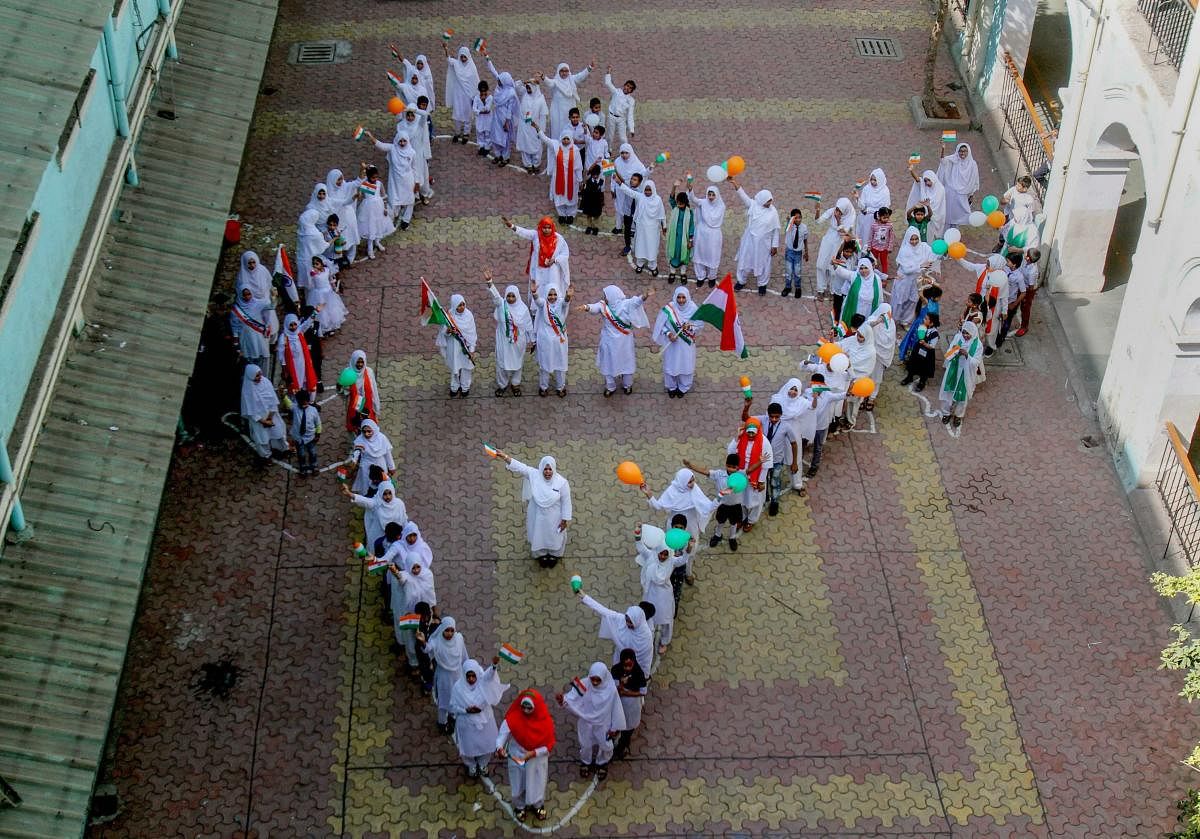
The Supreme Court’s recent direction to the National Commission for Minorities to “consider’’ a representation to designate Hindus as minorities in eight states of the country will give rise to issues which have legal, constitutional and political implications. The court has told the commission to take a decision “preferably within three months’’. The direction is based on a petition filed by an advocate who has sought minority status for Hindus in eight states — Lakshadweep (2.7 %), Mizoram (2.75%), Nagaland (8.75%), Meghalaya (11.53 %), Jammu and Kashmir (28.44%), Arunachal Pradesh (29%), Manipur (41.39%) and Punjab (38.49%) — where they are a minority in terms of the population, as per the 2011 census. It said that the Muslims form the majority in Lakshadweep, the Sikhs in Punjab and Christians in many North-East states, and the minority rights of Hindus are wrongly given to other communities because the central government has not notified them as a minority under Section 2(c) of the National Minorities Commission Act.
The central government has notified only five communities — Muslims, Christians, Sikhs, Buddhists and Parsis — as minority groups. The Constitution does not define a minority and does not specify any parameters on the basis of numbers, geography, etc., to determine the status. But the constitutional scheme is generally taken to envisage determination of the majority or minority status at the national level. However, some Supreme Court judgements have sought to define a minority at the state level in terms of Article 30, which is, however, limited to educational rights. The idea of minority status is much wider than that. There is no agreed international definition either. But, in the context of protection of human rights, the United Nations agencies refer to national, religious and ethnic minorities, which were more clearly defined in 1977 as a “group numerically inferior to the rest of the population of a state’’, with state referring to a nation-state or country, not a province.
If the status of a community is decided at the state level in India, with the state as the unit and taking its population as the determinant, it can lead to complex and unexpected results. Those who do not have minority status in one state may be able to claim it in another state. There may also arise demands to consider other units, like districts, for determination of the status. Claims may also be made for determination of minority status in terms of race, ethnicity, etc., on the basis of narrow units. A re-examination of the concept of minority will certainly be misused by politicians. It is surprising that the court has told the minorities commission to take a decision on such a complex matter.